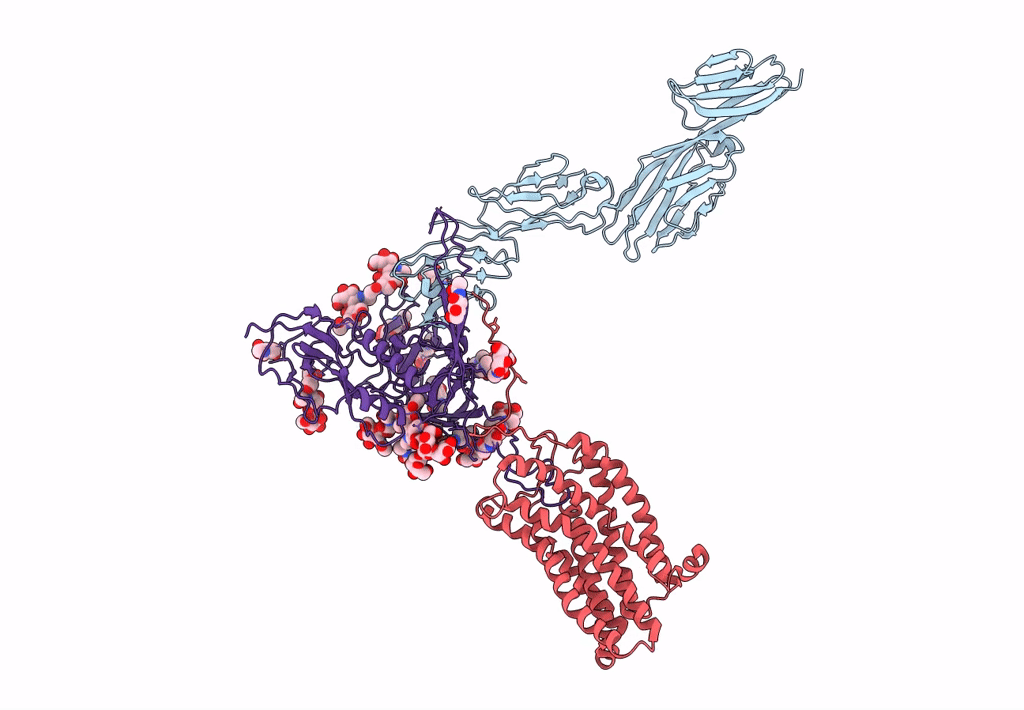
Deposition Date
2018-09-07
Release Date
2018-12-12
Last Version Date
2024-10-09
Entry Detail
PDB ID:
6MET
Keywords:
Title:
Structural basis of coreceptor recognition by HIV-1 envelope spike
Biological Source:
Source Organism:
Human immunodeficiency virus 1 (Taxon ID: 11676)
Homo sapiens (Taxon ID: 9606)
Homo sapiens (Taxon ID: 9606)
Host Organism:
Method Details:
Experimental Method:
Resolution:
4.50 Å
Aggregation State:
PARTICLE
Reconstruction Method:
SINGLE PARTICLE


